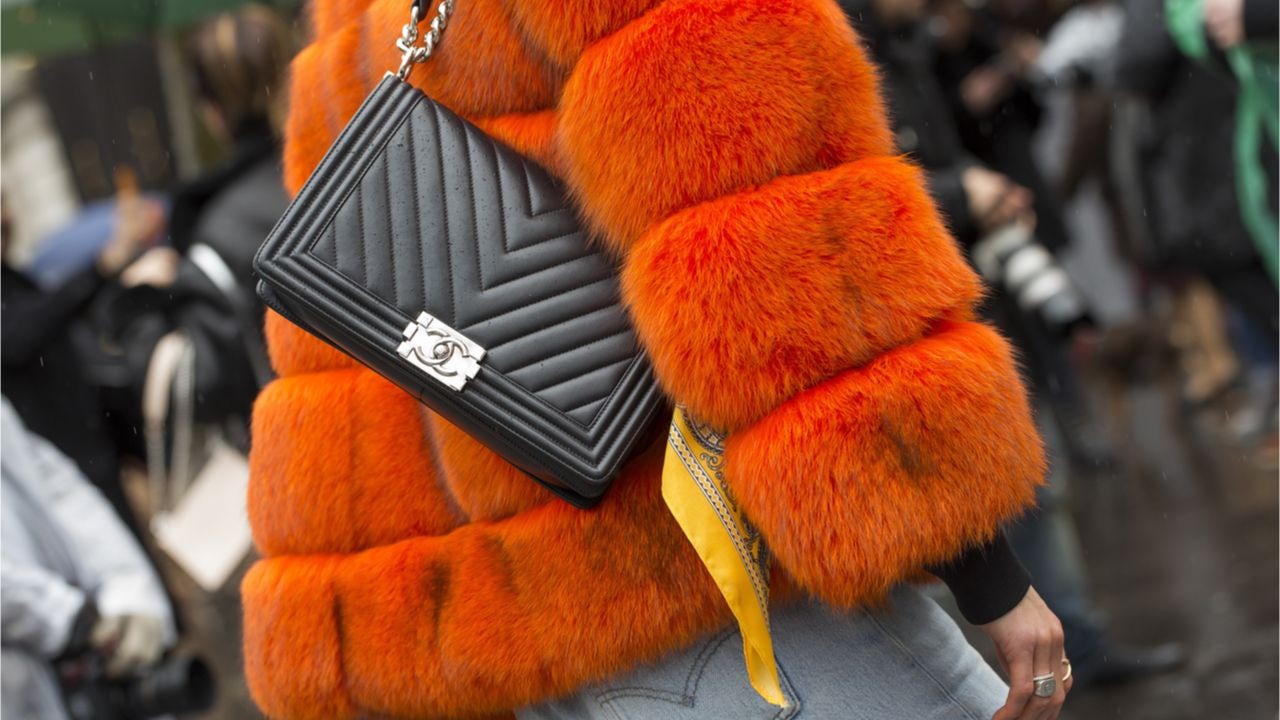According to Deloitte and Secoo, lower-tier cities in China are fueling luxury growth. Hot spots like Guangzhou, Beijing, Shanghai and Hong Kong are already oversaturated markets, but smaller cities have an excess of demand. And despite the high-spending capacity of this consumer segment, luxury brands have been slow to seize the opportunity.
Luxe Digital highlights how “45 percent of middle-class consumers in Chinese tier-2 and tier-3 cities are interested in purchasing luxury goods, versus 37 percent in tier-1 cities.” Additionally, over 50 percent of luxury consumers in China live in cities that are 2nd tier, 3rd tier, or lower, according to a report by the Boston Consulting Group and the Chinese internet giant Tencent. At the same time, wealth is growing at a staggering rate in lower-tier cities, and residents of these places are catching up with the consumer lifestyles of bigger cities. But despite positive evaluations, luxury brands have avoided aggressive expansions in lower-tier cities. It seems this decision is based mostly on fear of diluting the brand and/or destroying the luxury identity of the company. But, paradoxically, the luxury scarcity in tier-2 and tier-3 cities is hurting brands and forces buyers to turn to counterfeit and replica products.
Let’s explore the reasons why an aggressive expansion strategy into lower-tier cities in China needs to become a critical component for any luxury brand:
Winning the war against counterfeits#
As mentioned, the luxury scarcity in lower-tiered cities is encouraging the surge of fakes. Consumers from these cities can’t buy genuine calfskin leather Chanel bags, but they can find replicas on the street or shady e-commerce websites.
In Medium, Max Doblin illustrates the problem with the streetwear brand Supreme who “has never gone commercial and has never been sold in a big box retailer.” According to Doblin, Supreme’s desire to shun the spotlight has transformed the brand into a huge seller. The same happened to Hermès — a brand that sells its products only through a network of 310 exclusive stores. Broadly speaking, limited or selective distribution is a good luxury strategy, but in the age of counterfeits when consumer perception is changing and buyers are less resistant to fakes, this might be a counterproductive strategy.
One of the most fundamental concepts in B2B marketing is designing the right product and offering it through the right strategy to the right consumer. But if luxury brands are using a selective distribution strategy for lower-tier cities, they force buyers to find alternative ways to get their Chanel and Hermès accessories. The disadvantage of this phenomenon is that it boosts the growth of the underground economy. So, in reality, this strategy penalizes both the consumer and the luxury brand.
Brands can tighten their grip on distribution#
There isn’t just a war on fakes and replicas — there’s also one on Daigous and unauthorized resellers. As mentioned earlier, if consumers can purchase luxury brands through exclusive stores, the services offered by Daigous will lose their luster. Undoubtedly, some Chinese buyers will remain faithful to Daigous to avoid paying import tariffs, but we foresee a significant decline in the demand for their services.
Winning back sales from e-commerce websites and online shopping platforms#
According to a report released by the Boston Consulting Group and Tencent, over 50 percent of luxury buyers spend their online time on various apps, third-party e-commerce platforms, and blogs. “Contributing to this is the rise in popularity of fashion key opinion leaders (KOLs) on social media platforms,” adds Tech Wire Asia.
The report also showed how consumers from lower-tier cities “are twice as likely to shop online compared to those in the top-tier cities.” However, 58 percent of respondents still prefer shopping in physical stores after researching the products online, and more than half of the interviewees said they don’t mind taking a shopping trip to a neighboring big city.
Social commerce is gaining traction in China, and eMarketer estimates that “retail e-commerce sales will expand 27.3%, reaching 1.935 trillion, or 36.6% of total retail sales” in 2019. Given that top online retailers like Alibaba show no signs of stopping, Western brands should use their physical presence to compete against them, and international retailers could create value by using modern technologies and data-driven customer insights.
Virgin markets and lower competition#
Considering that tier-1 cities are reaching high-saturation levels in luxury retail, international brands need to focus on virgin or dormant markets where competition is lower. This is especially true for the more affordable premium American brands (e.g.: Michael Kors, Coach) that have been penalized by tier-1 consumers because of President Trump’s ongoing trade war with China. Since their luster is fading, these brands need to develop a strategy that brings them back into the spotlight. Expanding their offerings to energized smaller cities is less costly and more effective than moving their operations abroad or chasing new markets around the world.
There is no question that lower-tier cities present opportunities that international brands can no longer ignore. At the same time, the dangers of losing legitimacy and brand identity are also certainly real. That’s why Western retailers need to estimate the long-term effects of their expansion strategy to predict when and in which cities to expand. This way, existing customers can remain faithful to the brand without feeling abandoned while new audiences are encouraged to engage with the brand.

